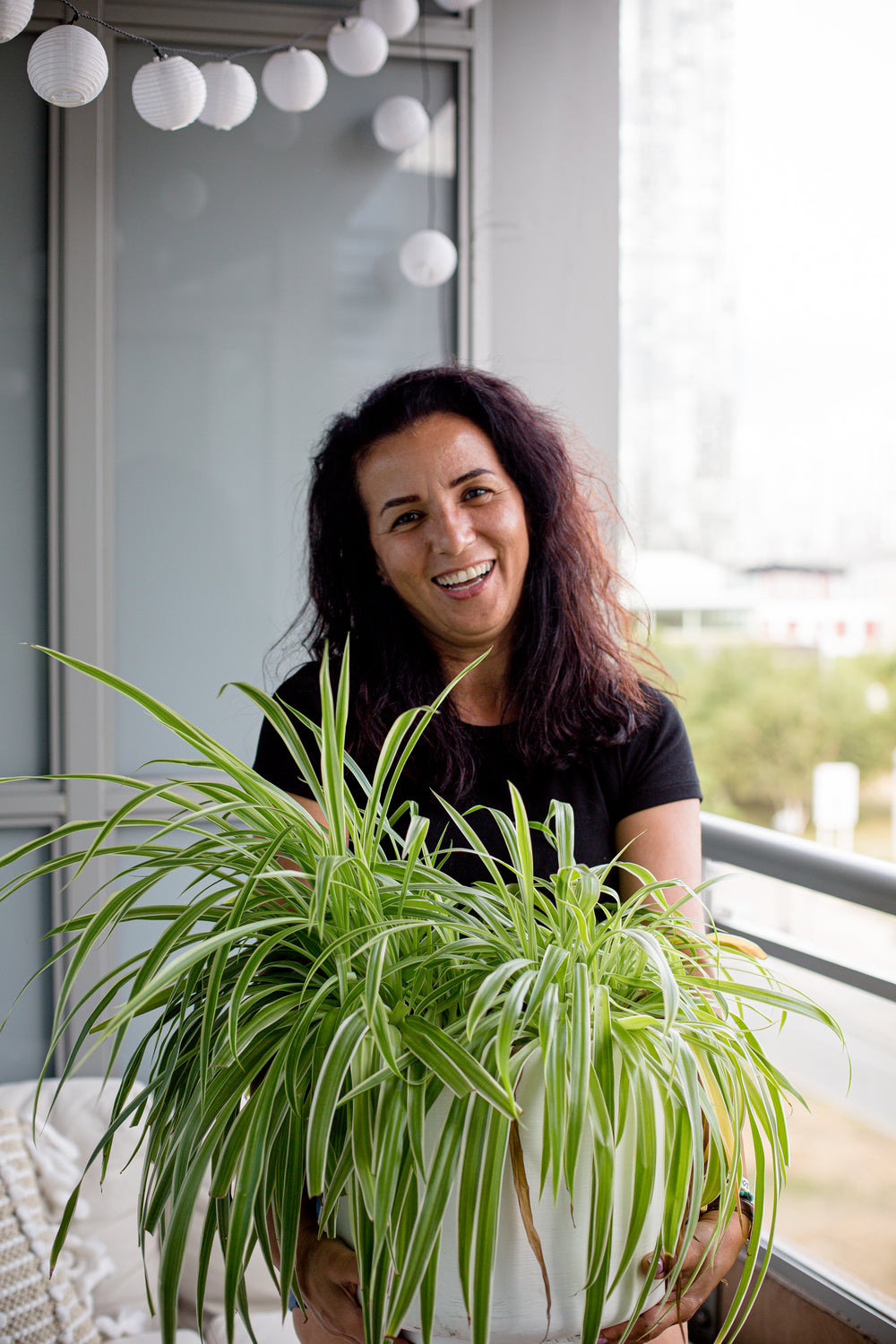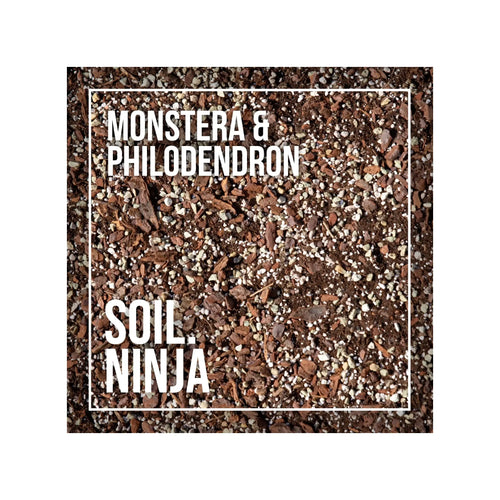Misting indoor plants has stirred plenty of debate among plant lovers and experts alike. While many believe in its benefits, others argue that it’s nothing more than a feel-good habit with little impact. So, what’s the truth about misting? Does it genuinely help your houseplants—or could it be doing more harm than good?
In this post, we’ll dig into both sides of the argument, explore which plants benefit from misting, which don’t, and how to use misting effectively if you choose to make it part of your plant care routine.
Why Do People Mist Houseplants?
The primary reason people mist their plants is to boost humidity levels. This is particularly relevant for houseplants that originate from tropical or subtropical environments, where humidity is consistently high. Many indoor environments, especially those with air conditioning or central heating, can be quite dry, making it difficult for these plants to thrive.
However, not everyone agrees that misting is effective. Detractors claim that the water droplets from misting evaporate too quickly to make a lasting impact on humidity, especially in dry air. In such conditions, the added moisture might disappear before it benefits the plant.
Interestingly, this argument isn’t entirely wrong. Misting alone may not significantly increase long-term humidity, especially in open or drafty spaces. Still, when done thoughtfully—and as part of a broader care routine—misting can have its place.
A Grounding Practice
For some plant parents, misting isn’t just about humidity—it’s a mindful, calming routine. Spending time with plants, checking their leaves, and observing their condition can be both meditative and informative. It allows for regular visual checks that help catch issues like pests or leaf damage early on.
Even if misting doesn’t drastically change humidity levels, it still provides an opportunity to connect with your plants and support their care.
Which Plants Like Misting?
Not every plant enjoys a fine spray of water. Those that naturally grow in warm, humid conditions tend to respond best to misting. These plants often display symptoms of low humidity, such as:
-
Dry, crispy edges on leaves
-
Brown or yellow tips
-
Curling or wilting foliage
Plants that benefit most from misting include:
-
Marantas (Prayer Plants)
-
Peace Lilies
-
Calatheas
-
Alocasias
-
Ferns
-
Fittonias
These species are adapted to lush forest floors, where air moisture is high and consistent. Misting these plants can help relieve dryness between deeper humidity-boosting methods.
However, symptoms of low humidity can often mimic other issues like overwatering or underwatering. This is why it’s important to understand your plant's specific needs and assess conditions such as soil moisture and lighting before deciding on misting.
Which Plants Should Not Be Misted?
Some houseplants prefer dry environments and may suffer from excess surface moisture. These include:
-
Cacti
-
Succulents
-
Snake Plants
-
Zebra Plants
-
Jade Plants
These plants are built to store water and can be sensitive to fungal infections if their leaves stay damp for too long.
Additionally, avoid misting plants with fuzzy or velvety foliage. Moisture on these textures can damage the leaves and invite fungal problems. A common example is the African Violet, which prefers stable humidity but not direct misting.
How Often Should You Mist?
There’s no universal rule for how often to mist your plants. Your environment, season, and specific plant types all influence the ideal frequency. For instance:
-
During summer, air conditioning can drastically reduce indoor humidity. This is when misting twice a week can help tropical plants.
-
In winter, heating systems dry out the air in a similar way. Again, misting once or twice a week may benefit humidity-loving plants.
-
In spring and autumn, when indoor air is more stable, misting once a week or less may suffice.
The key is observation. If the top inch of soil feels dry and the plant’s foliage appears dehydrated or dull, misting may be a helpful addition to your care routine.
How to Mist the Right Way
If you decide misting fits your plants’ needs, following a few simple best practices can make a difference:
-
Mist in the morning, giving leaves time to dry during the day.
-
Spray both top and bottom leaf surfaces, mimicking natural humidity in tropical forests.
-
Use filtered or distilled water to prevent mineral deposits on leaves.
-
Avoid drafts and air vents, as rapid air movement can dry plants out faster.
-
Lightly mist the soil surface, especially for plants prone to overwatering.
-
Optional: Add diluted liquid fertilizer in misting water during spring and summer.
The goal is to create a light, refreshing moisture layer—not to soak the plant. A gentle hand mister is ideal for this purpose.
Misting vs. Overwatering
If you tend to overwater your plants, misting can serve as a safer alternative. Instead of dousing the roots, misting delivers a light touch of moisture that can tide the plant over without saturating the soil. This approach is especially helpful for smaller pots or sensitive tropical species that are prone to root rot.
By lightly hydrating the leaves and soil surface, misting can support plant hydration while reducing the risk of waterlogging the roots.
Alternatives to Misting
In some cases, misting isn’t suitable—or simply isn’t enough. Here are a few alternative ways to maintain ideal humidity levels around your plants:
-
Pebble Tray Method
Fill a shallow tray with pebbles and pour in water just below the surface of the stones. Place your plant pot on top of the pebbles, making sure it doesn't touch the water directly. As the water evaporates, it increases humidity in the immediate area. -
Group Plants Together
Clustering plants creates a mini ecosystem where transpiration helps maintain shared humidity levels. This is a simple and passive way to support humidity-loving plants. -
Use a Humidifier
A cool-mist humidifier in the room can create consistent humidity levels for large plant collections or during very dry seasons. -
Double-Up Methods
For sensitive plants like ferns or Calatheas, you can combine misting with pebble trays or a humidifier for enhanced results.
Final Thoughts
So, does misting help your houseplants? The answer is—it depends.
For tropical species in dry indoor environments, misting can offer short-term relief and encourage healthy foliage when done correctly. However, it's not a miracle solution and should be part of a broader humidity care strategy. For desert plants and species with fuzzy leaves, misting is best avoided altogether.
Whether misting becomes part of your plant care routine depends on your environment, your plants’ preferences, and your own observations. With mindful care and a bit of experimentation, you’ll find what works best for your green companions.










